In an increasingly digital world, technology has transformed the way we live, work, and connect with others. However, as our reliance on technology grows, it’s essential to ensure that these advancements are accessible to everyone, including individuals with disabilities. Inclusive technology, powered by artificial intelligence (AI), has emerged as a powerful tool for breaking down barriers and creating a more accessible and equitable society. In this blog post, we will explore the role of AI in advancing accessibility, its impact on various aspects of life, and the challenges and opportunities that lie ahead.
AI-Powered Assistive Technologies
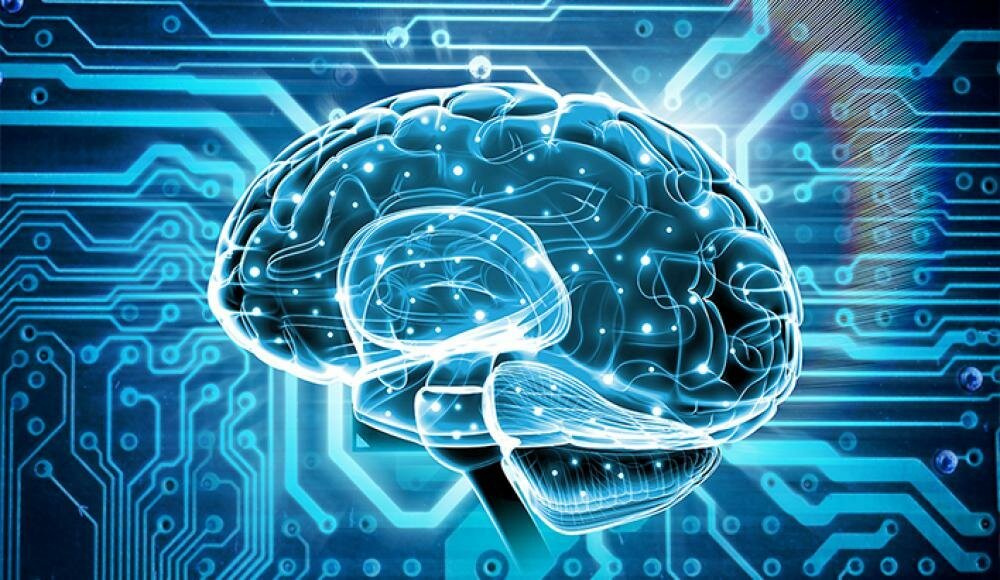
One of the most significant developments in inclusive technology is the integration of AI into assistive technologies. AI can enhance the capabilities of devices and applications designed to assist individuals with disabilities, making them more versatile and user-friendly. For example, screen readers powered by AI can provide more accurate and natural-sounding text-to-speech conversion, making digital content more accessible to people with visual impairments.
Moreover, AI-driven speech recognition systems have improved communication options for individuals with speech disabilities. These systems can interpret spoken language and convert it into text, enabling people with speech impairments to communicate more effectively with others, whether through text messaging, email, or other forms of digital communication.
Accessible Education
Inclusive technology has a profound impact on education, empowering students with disabilities to access educational resources and participate fully in learning environments. AI-driven educational tools can adapt to individual learning needs, providing personalized support and accommodations. For instance, AI algorithms can analyze students’ progress and tailor content to suit their learning styles and preferences. This not only benefits students with disabilities but also enhances the overall educational experience for all learners.
Furthermore, AI-powered captioning and sign language interpretation tools improve accessibility for deaf and hard-of-hearing students in traditional classrooms and online courses. These technologies ensure that educational content is accessible to all, fostering a more inclusive and diverse learning environment.
Empowering the Workplace
The integration of AI into the workplace is another significant milestone in advancing accessibility. AI-powered tools can help individuals with disabilities navigate the challenges of the professional world. For example, AI-driven transcription services can provide real-time captions during meetings and presentations, ensuring that employees with hearing impairments can actively participate and stay informed.
Additionally, AI-driven accessibility features in software and applications enable employees with various disabilities to perform their job duties more efficiently. These features can include voice commands, screen magnification, and customized keyboard shortcuts. By removing barriers to participation, inclusive technology enhances workplace diversity and inclusivity.
Challenges and Opportunities
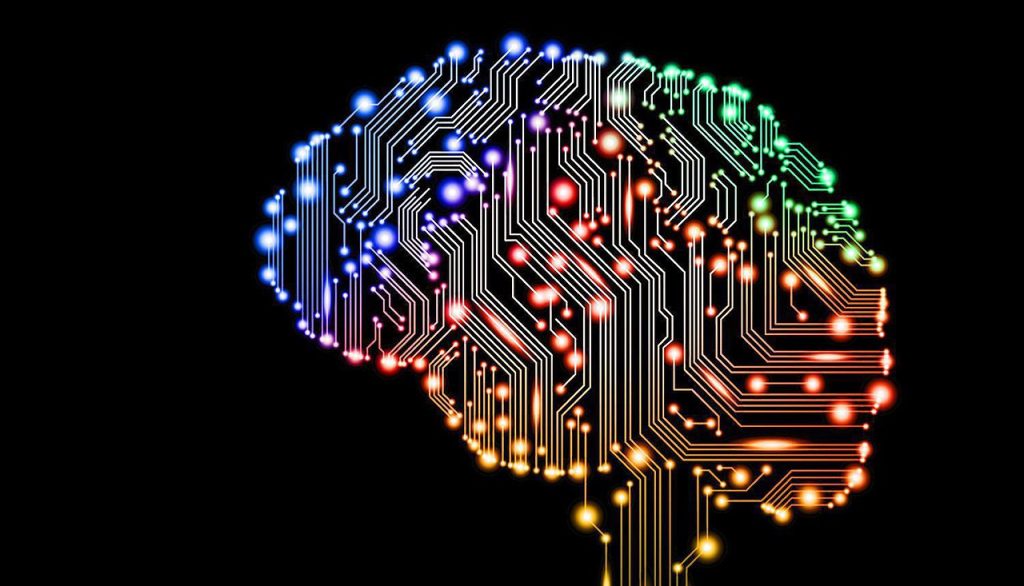
While AI holds tremendous potential for advancing accessibility, several challenges must be addressed to maximize its benefits. One significant challenge is the potential for bias in AI algorithms. If not properly trained and tested, AI systems can inadvertently perpetuate existing biases and inequalities. Ensuring that AI is developed with fairness and inclusivity in mind is essential to avoid exacerbating discrimination.
Another challenge lies in the cost and availability of AI-powered assistive technologies. Access to these tools should not be limited by financial constraints, and efforts must be made to make them more affordable and widely accessible. In conclusion, inclusive technology powered by AI has the potential to break down barriers and create a more accessible and equitable society. From assistive technologies to education and the workplace, AI is transforming the lives of individuals with disabilities. However, addressing challenges such as bias and affordability is crucial to ensure that AI truly fulfills its promise of advancing accessibility for all. As technology continues to evolve, the future holds exciting opportunities for inclusive technology and its role in shaping a more inclusive and accessible world.

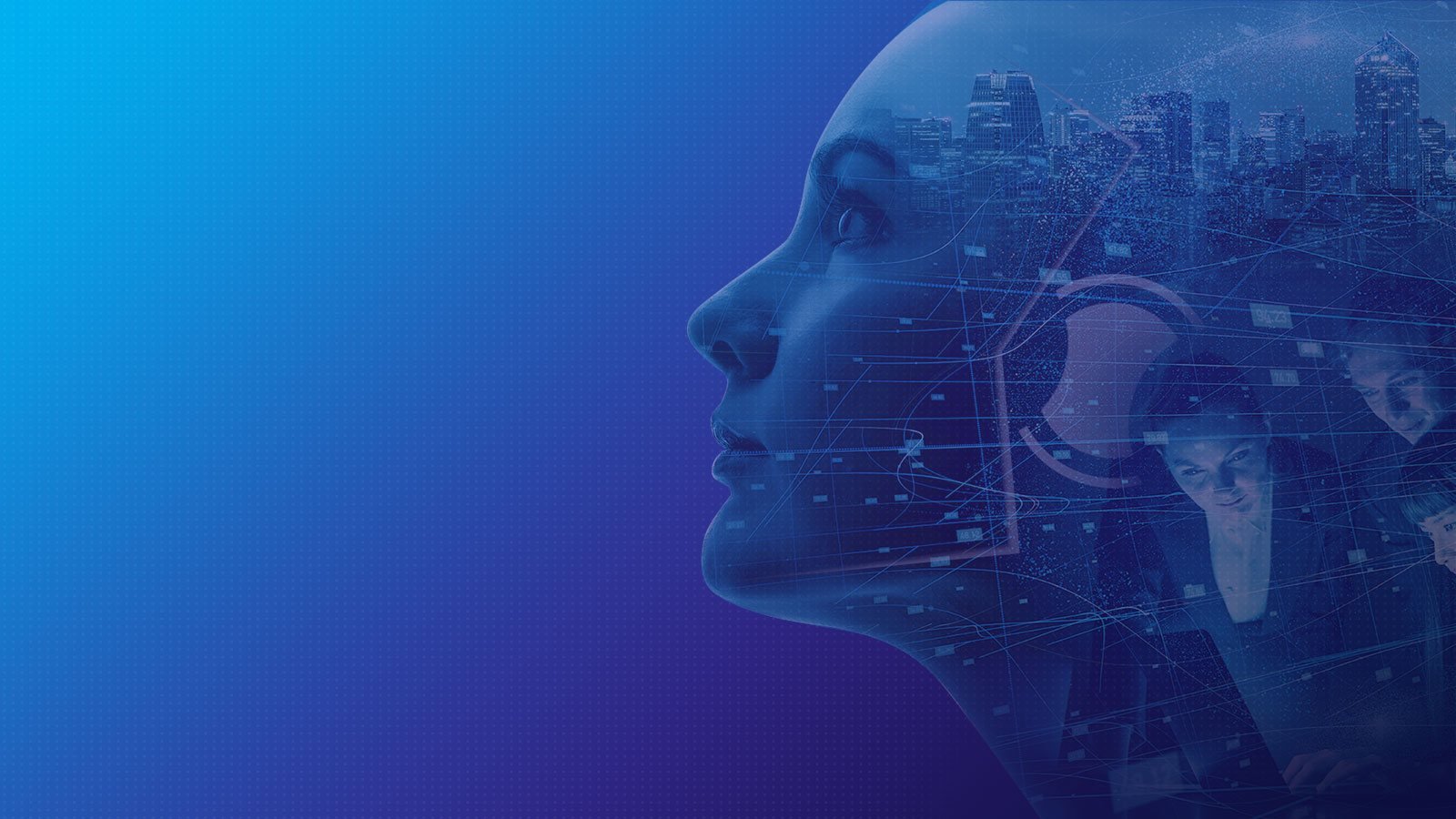
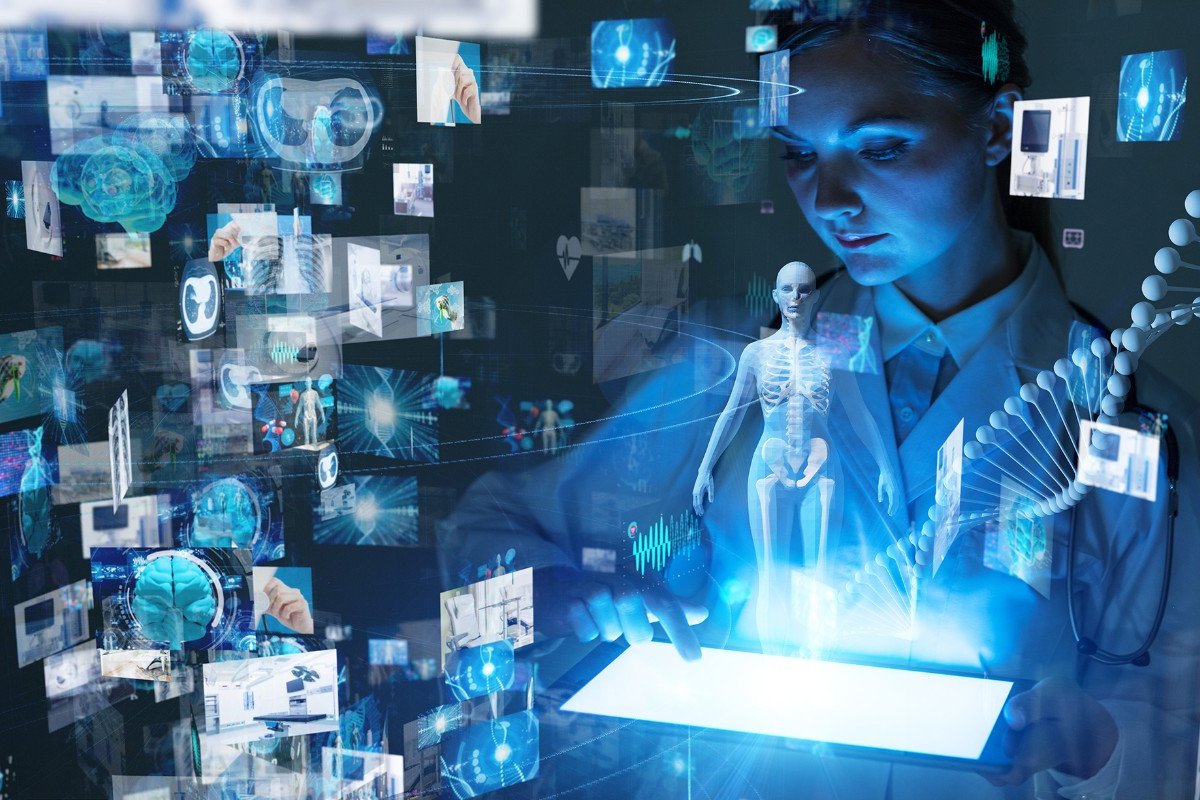
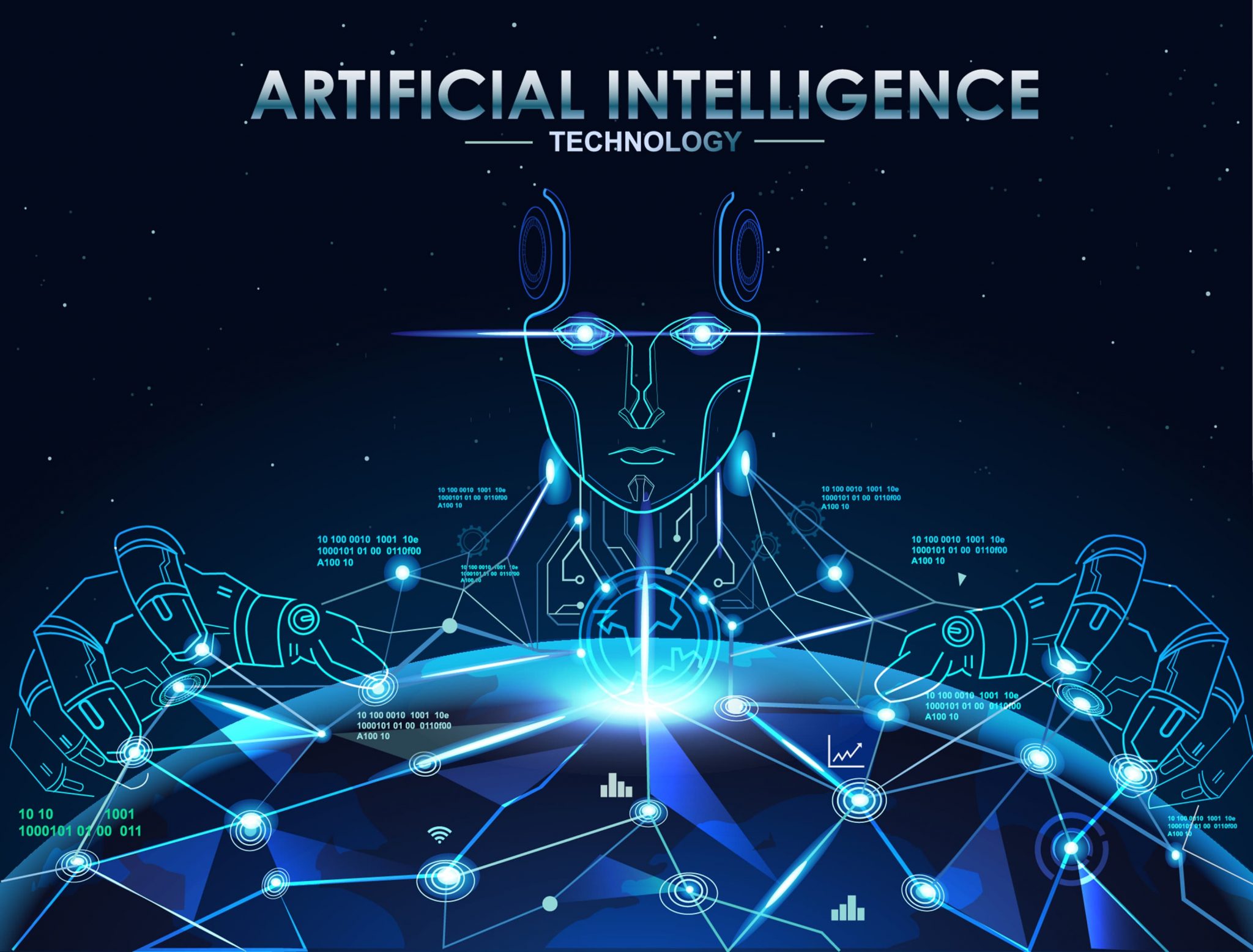
Leave a Reply